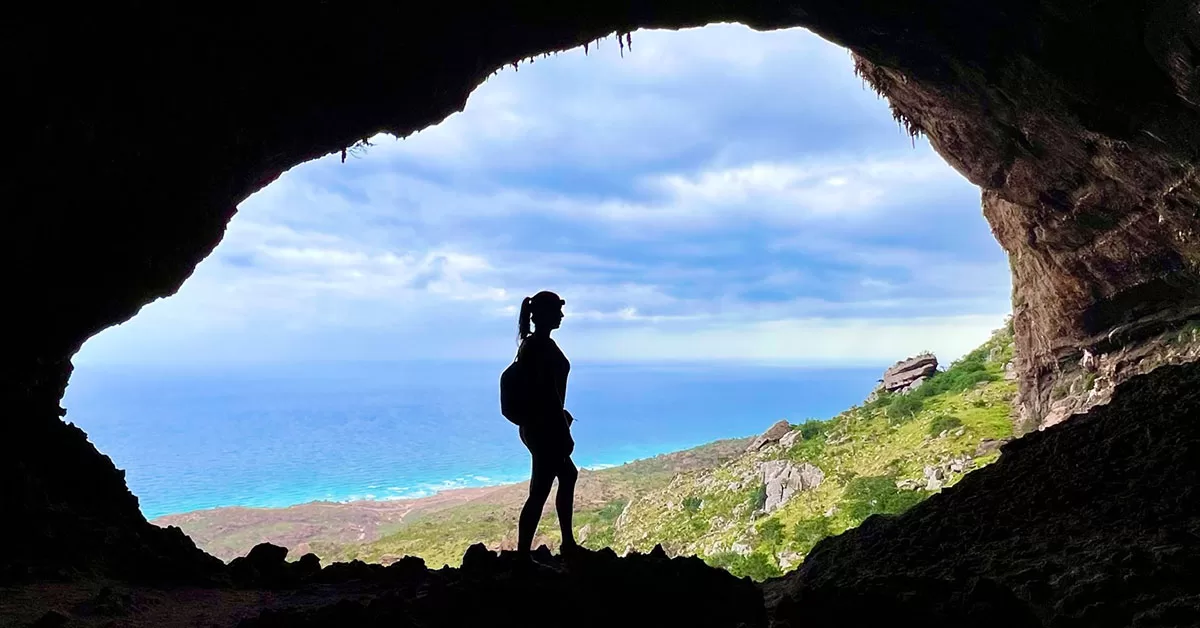Socotra Island is a UNESCO World Heritage Site that is truly a biodiversity gem with its breathtaking landscapes and interesting wildlife, see our tour packages on how to get there. However, if your skin does not suit the arid climate and intense summer sun of this island, it can be punishing. Be you trekking through the Hajher Mountains or simply relaxing on the pristine beaches, taking care of your skin is essential.
Essential Sun Protection Tips:
- Reef-safe Sunscreen
- Higher SPF: Choose a sunscreen that has a high SPF (at least 30, but preferably over 50) and provides broad-spectrum protection against UVA and UVB.
- For Water-Based Activities: If you intend to swim or sweat, you should get water-resistant sunscreen.
- Reapply Frequently: Reapply after every two hours or when in water or perspiring heavily.
- Cover Up
- Protective Clothing: Dress in lightweight, loose-fitting clothes that cover your arms and legs. Consider wearing clothes with a UPF (Ultraviolet Protection Factor) for additional safety measures.
- Wide-brimmed Hat: Shield your face, neck and ears from the sun by wearing a wide-brim hat.
- Sunglasses: Protect your eyes with sunglasses that block out all UV rays.
- Seek Shade
- Limit Midday Exposure: From 10 am to 4 pm are the sun’s strongest rays; try to plan indoor activities around these times.
- Utilise Natural Shade: Take advantage of the shade provided by trees, our Gazebo, or other structures.
- Hydration is Key
- Drink Plenty of Water: Staying hydrated is crucial for maintaining healthy skin. Drink plenty of water throughout the day, especially when spending time outdoors. We provide water at all times.
- After-Sun Care
- Moisturize: Apply a soothing moisturiser after sun exposure. It helps replenish your skin’s moisture and prevent peeling.
- Aloe Vera: Aloe vera gel can provide relief from sunburn and promote healing.
- Additional things you need to considerations
- Wind Protection: The island’s coastal areas can be quite windy, posing a potential risk of windburn. It’s advisable to use a scarf or bandana to shield your face from this harsh condition.
- Sand: can act as a reflector, intensifying the sun’s rays. Therefore, when on the beach, be extra vigilant about wearing sun protection.
- Altitude: Hajher Mountains’ higher altitude can increase exposure to UV radiation. Take extra precautions when hiking or trekking.

